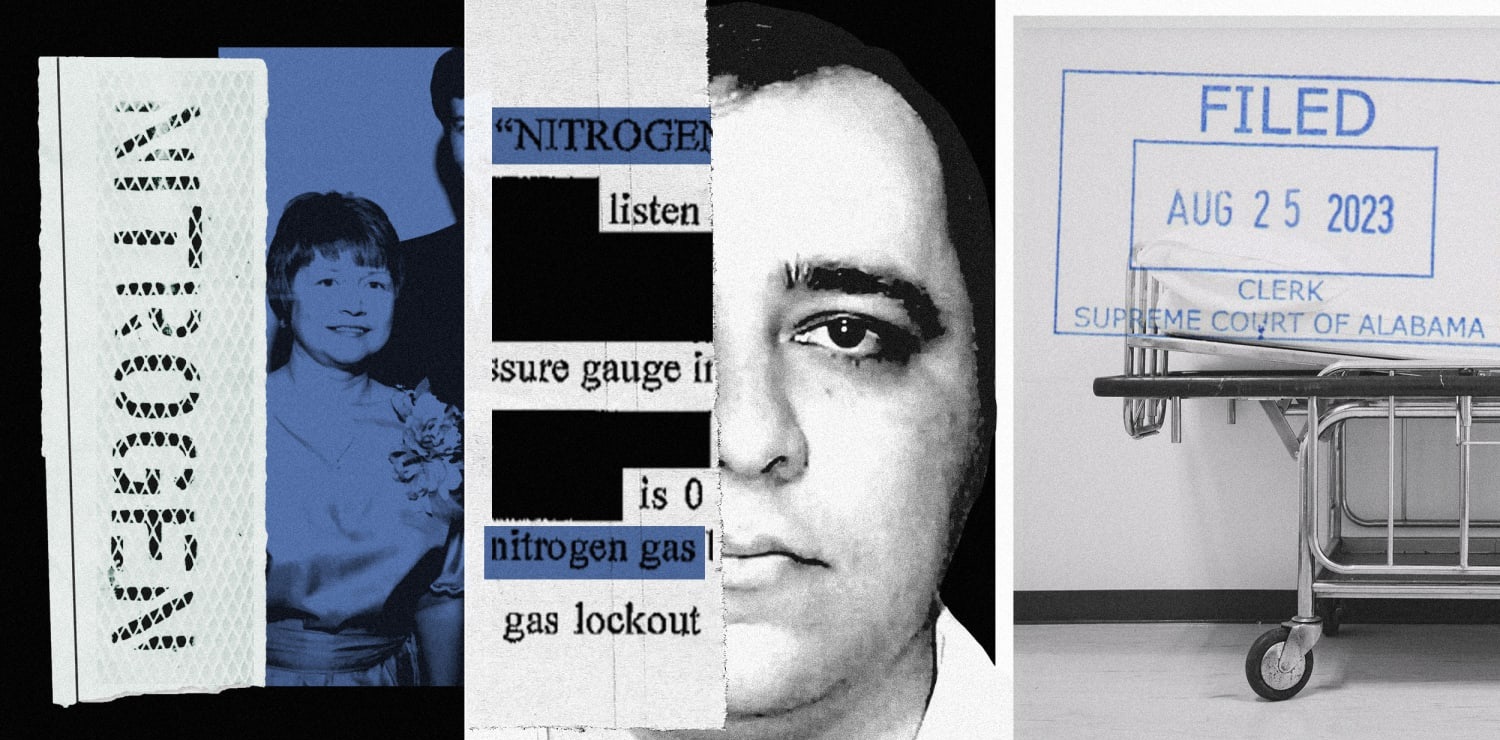Learn about the execution of Kenneth Eugene Smith, an Alabama Death Row Inmate, to be put to death via nitrogen gas. This landmark case raises ethical questions about the use of this method in the state’s death penalty system.

Alabama Death Row Inmate Kenneth Eugene Smith’s Execution Marks Historic Use of Nitrogen Gas
In a landmark development, 58-year-old Kenneth Eugene Smith, an Alabama Death Row Inmate was executed using nitrogen gas, marking the first implementation of this method in the state. Smith’s execution took place between 12 a.m. and 6 a.m. on January 26, 2024, as scheduled by the Alabama Department of Corrections. Notably, Smith had been on death row since 1989 following his conviction for the first-degree murder of Elizabeth Sennett.
The execution of Kenneth Eugene Smith drew widespread attention, with five news reporters, Smith’s spiritual adviser Reverend Jeff Hood, his wife, son, attorney, and a friend present as witnesses. Smith’s final moments were impactful, as he smiled at reporters and expressed love and gratitude to his family before his passing. Upon the administration of the gas, Smith reportedly convulsed for about two minutes, prompting discussions on the ethical implications of this execution method.
READ ALSO: Woman Charged In Schuyler, NY For Allegedly Stabbing Boyfriend In Domestic Incident
Furthermore, Smith’s attorneys had appealed the decision to use nitrogen gas for his execution, reaching the Supreme Court, which ultimately blocked the appeal. Following the execution, Alabama Attorney General Steve Marshall defended the state’s decision, emphasizing that justice was served for the murder committed over 35 years ago. The use of nitrogen hypoxia as an execution method was enacted in 2018 with the intent of being effective and humane.
The case revolves around the murder-for-hire slaying of Elizabeth Sennett, orchestrated by her husband, Charles Sennett, who paid Smith and an accomplice to carry out the heinous act. The tragic events unfolded on March 18, 1988, when Elizabeth Sennett was brutally ambushed, beaten, and stabbed, leading to her untimely demise. In light of this historic execution, ethical and moral debates surrounding the use of nitrogen gas as a means of carrying out the death penalty have gained prominence.